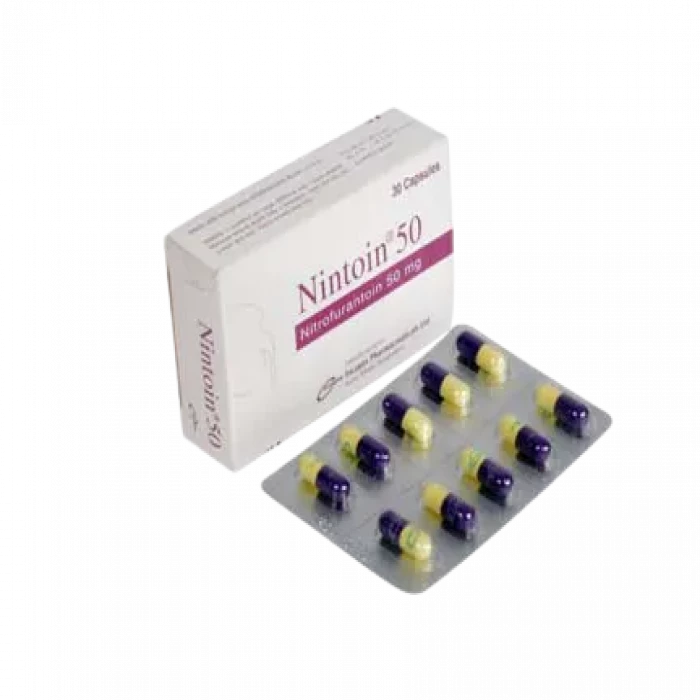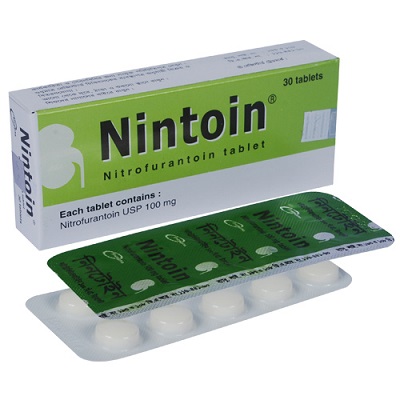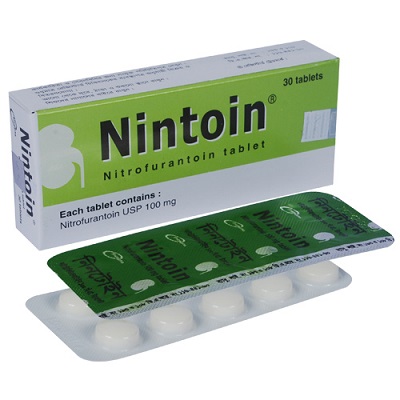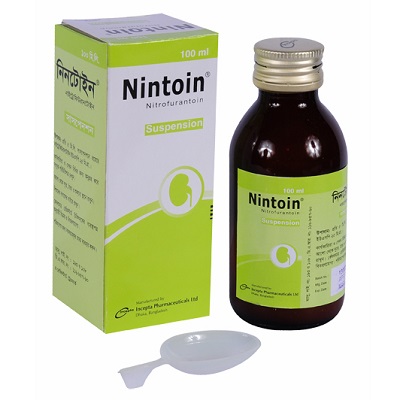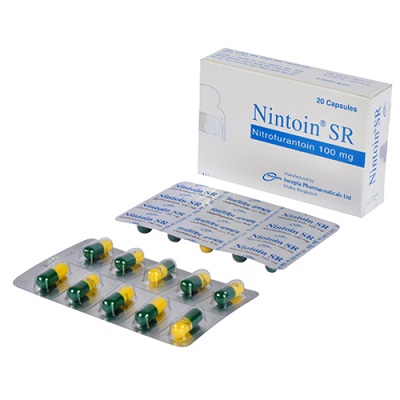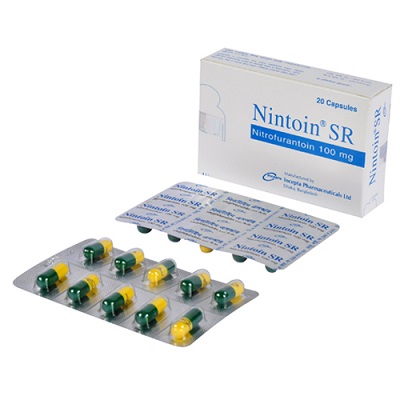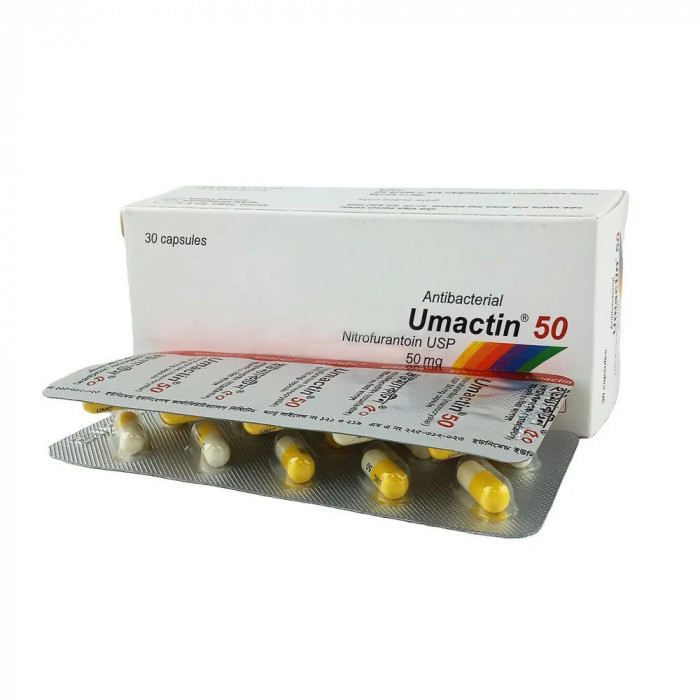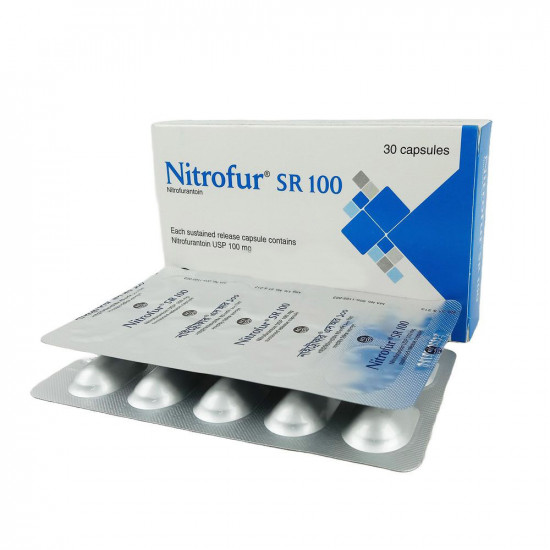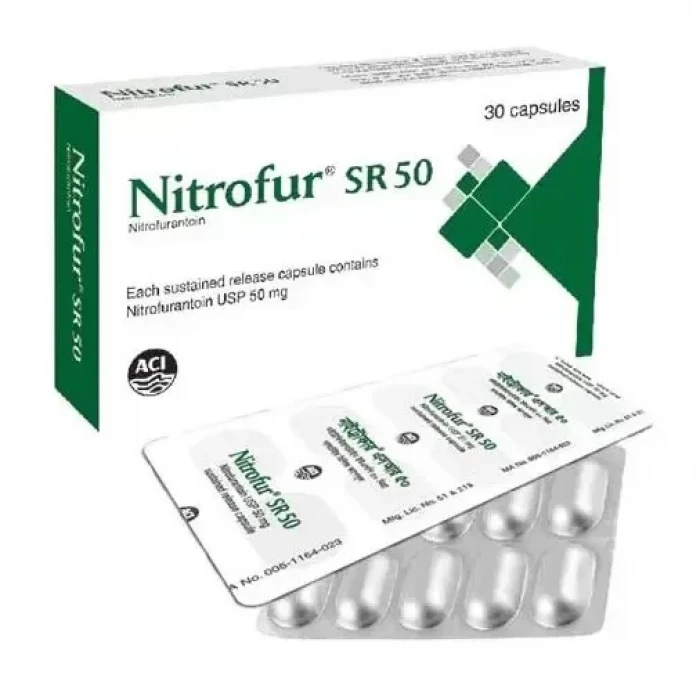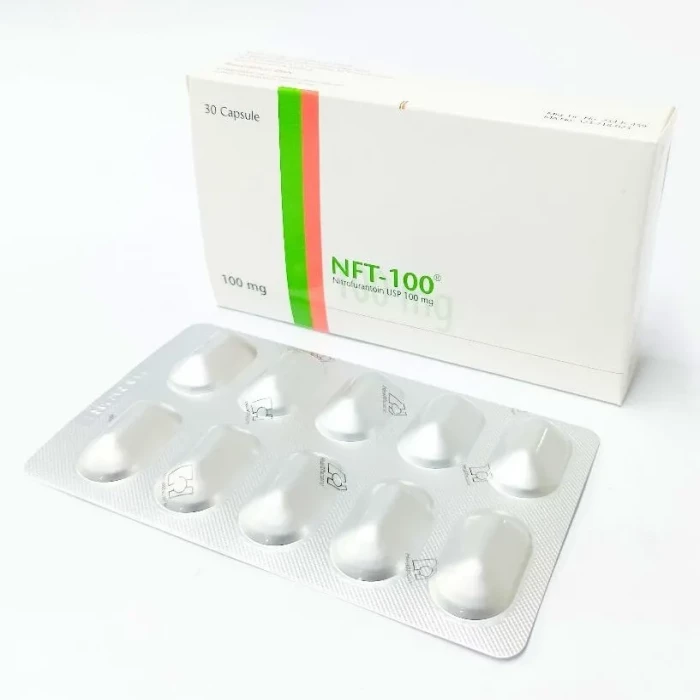
✔ 100% Authentic Product
👁️ Currently Viewing 1119
Uroblock 25 | 1 Strip
Uroblock Tablet is prescribed for managing symptoms of overactive bladder (OAB) such as frequent urination, urgency, and urge incontinence in adults.
Discount
Price: ৳ 294
MRP:
৳
300
2%
Off

100% Genuine Products, Guaranteed

Safe & Secure Payments, Always

Fast, Secure & Efficient Delivery

Proper Packaging
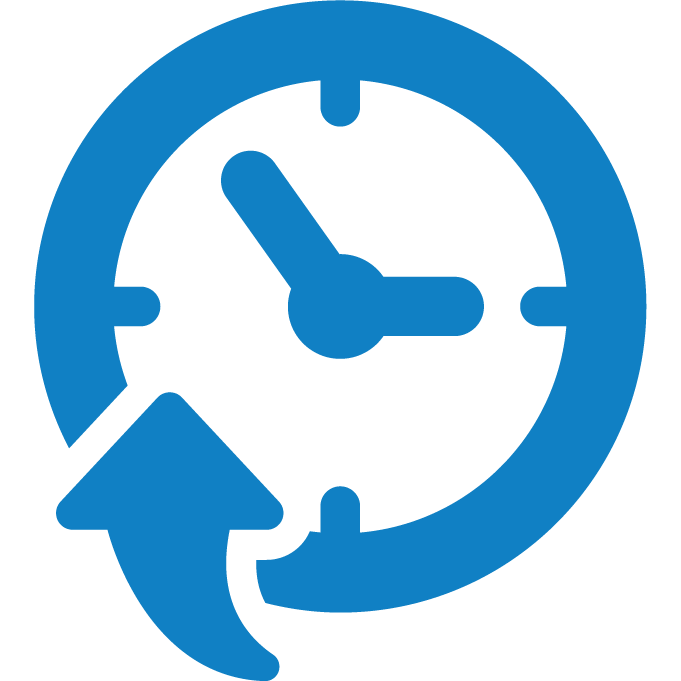 Cash on Delivery - All over Bangladesh
Cash on Delivery - All over Bangladesh Regular Delivery - 12-24 Hours, Dhaka City* Charge Tk.39-59
Regular Delivery - 12-24 Hours, Dhaka City* Charge Tk.39-59 Regular Delivery - 24-48 Hours, Other Cities* Charge Tk.99-110
Regular Delivery - 24-48 Hours, Other Cities* Charge Tk.99-110
 ফ্রি ডেলিভারিঃ - ৯৯৯ টাকা+ অর্ডারে, ঢাকা
শহরে
ফ্রি ডেলিভারিঃ - ৯৯৯ টাকা+ অর্ডারে, ঢাকা
শহরে ফ্রি ডেলিভারিঃ - ২৯৯৯ টাকা+ অর্ডারে, ঢাকার
বাহিরে
ফ্রি ডেলিভারিঃ - ২৯৯৯ টাকা+ অর্ডারে, ঢাকার
বাহিরে
100% Genuine Products, Guaranteed
Safe & Secure Payments, Always
Fast, Secure & Efficient Delivery
Proper Packaging
 Cash on Delivery - All over Bangladesh
Cash on Delivery - All over Bangladesh Regular Delivery - 12-24 Hours, Dhaka City* Charge Tk.39-59
Regular Delivery - 12-24 Hours, Dhaka City* Charge Tk.39-59 Regular Delivery - 24-48 Hours, Other Cities* Charge Tk.99-110
Regular Delivery - 24-48 Hours, Other Cities* Charge Tk.99-110 ফ্রি ডেলিভারিঃ - ৯৯৯ টাকা+ অর্ডারে, ঢাকা
শহরে
ফ্রি ডেলিভারিঃ - ৯৯৯ টাকা+ অর্ডারে, ঢাকা
শহরে ফ্রি ডেলিভারিঃ - ২৯৯৯ টাকা+ অর্ডারে, ঢাকার
বাহিরে
ফ্রি ডেলিভারিঃ - ২৯৯৯ টাকা+ অর্ডারে, ঢাকার
বাহিরে
✅ Description:
Uroblock contains Mirabegron, the first β3-adrenoceptor agonist, which works by relaxing the bladder’s detrusor muscle during the storage phase of urination. It increases bladder capacity by raising cyclic AMP levels through β3-adrenoceptor activation. Mirabegron also influences the sensory nervous system, improving control over urinary urgency and frequency.
✔️ Contraindicatiocns:
Adults (including elderly): The usual starting dose is 25 mg once daily, with or without food. Based on response and tolerance, the dose may be increased to 50 mg once daily.
Renal or hepatic impairment:
- For severe renal impairment (ClCr or eGFR 15–29 mL/min/1.73 m²) or moderate hepatic impairment (Child-Pugh Class B), do not exceed 25 mg daily.
- Not recommended for patients with end-stage renal disease or severe hepatic impairment (Child-Pugh Class C).
- Pediatric use: The safety and efficacy in children under 18 years of age have not been established.
রেজিস্টার্ড চিকিৎসকের পরামর্শ মোতাবেক ঔষধ সেবন করুন।
Administration:
Take the tablet once daily with water. Swallow whole — do not crush, chew, or split the tablet.
✔️ Side Effects
With enzyme inhibitors: Ketoconazole (strong CYP3A/P-gp inhibitor) can increase Uroblock exposure by up to 1.8 times. No dose adjustment is usually needed, but in patients with mild-to-moderate renal or hepatic impairment using strong CYP3A inhibitors (e.g., ketoconazole, ritonavir, clarithromycin), limit the dose to 25 mg daily.
With enzyme inducers: Rifampicin and other CYP3A or P-gp inducers may reduce Mirabegron levels; however, no dose adjustment is typically required.
CYP2D6 substrates: Mirabegron moderately inhibits CYP2D6, which may increase levels of drugs like metoprolol, desipramine, or tricyclic antidepressants. Use caution when co-administered with medicines having a narrow therapeutic index.
P-gp substrates: Mirabegron slightly increases digoxin concentration; start with the lowest digoxin dose and monitor serum levels.
Other interactions: No significant interactions observed with tamsulosin, solifenacin, warfarin, metformin, or combined oral contraceptives.
✔️ Pregnancy & Lactation
Hypersensitivity to Mirabegron or any excipients
Severe, uncontrolled hypertension (systolic ≥180 mmHg or diastolic ≥110 mmHg)
✔️ Precautions & Warnings
Common adverse effects include tachycardia (1.2%) and urinary tract infection (2.9%). Rarely, atrial fibrillation (0.2%) has been reported. Most side effects are mild and transient.
✔️ Storage:
- Pregnancy: Limited data in humans; animal studies show reproductive toxicity. Not recommended during pregnancy.
- Lactation: Mirabegron is excreted in animal milk and likely in human milk; avoid use during breastfeeding.
- Fertility: No adverse effects on fertility were found in animal studies; data in humans are lacking.
⚠️Disclaimer:
At ePharma, we’re committed to providing accurate and accessible health information. However, all content is intended for informational purposes only and should not replace medical advice from a qualified physician. Please consult your healthcare provider for personalized guidance. We aim to support, not substitute, the doctor-patient relationship.




